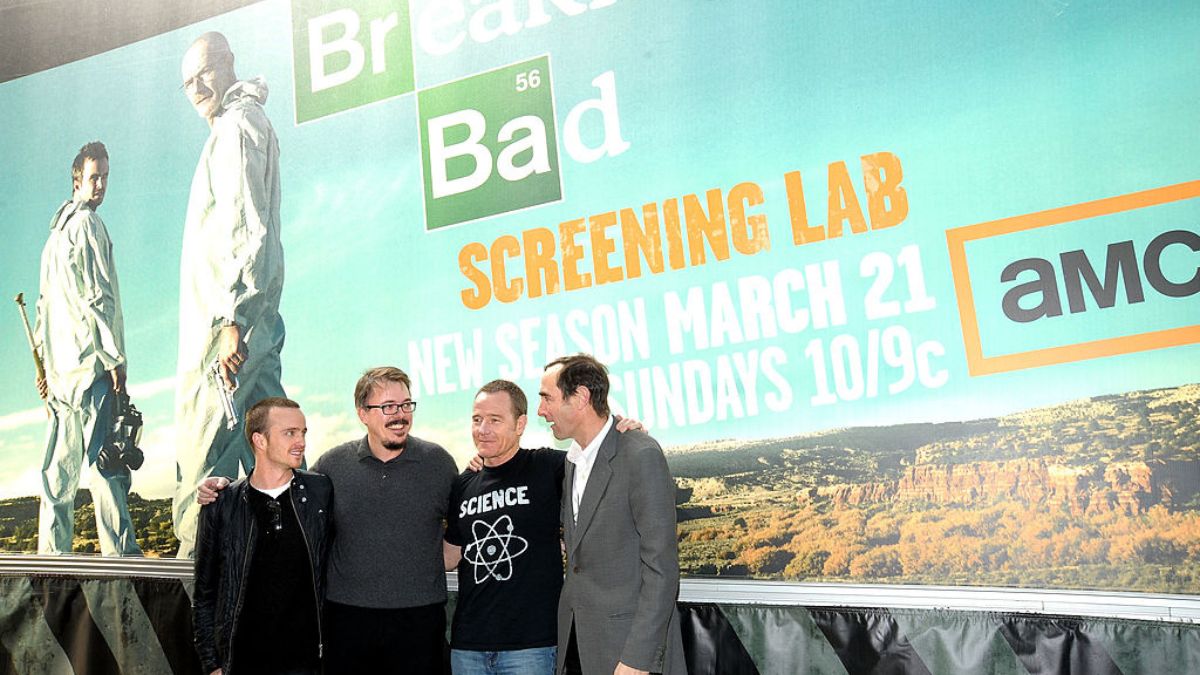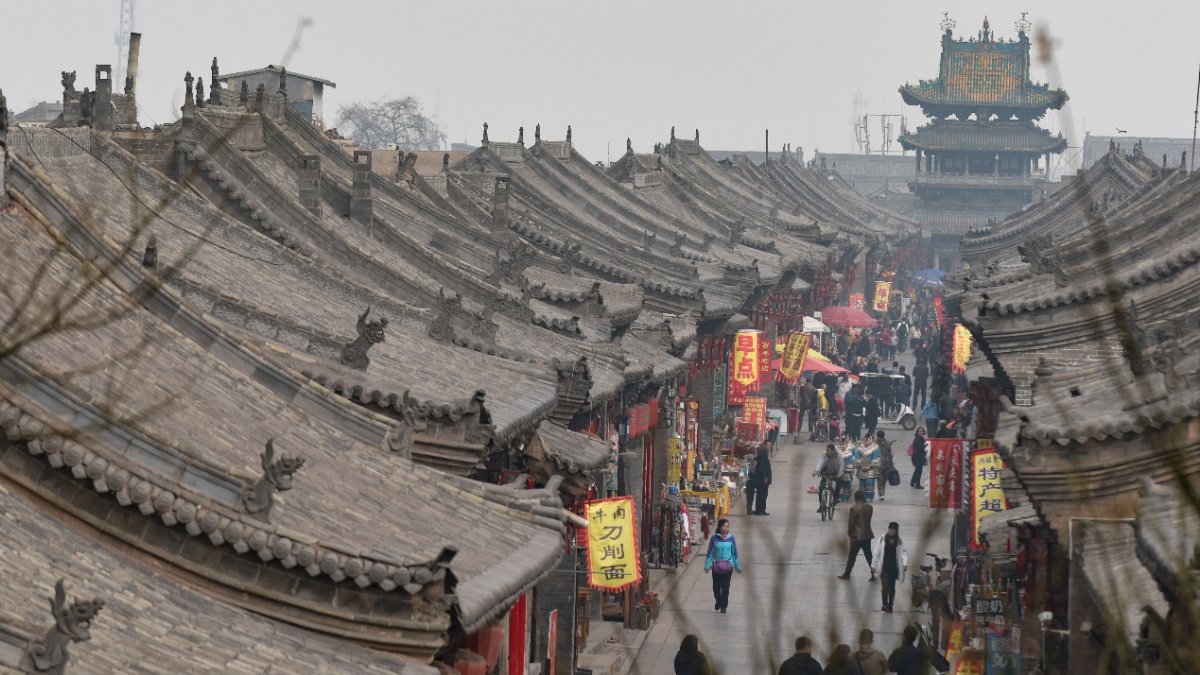Last week we were given a chance to play Apex Legends Season 9 and test its new arena mode. While there’s a lot to talk about with the update, including updates to the Olympus Map, the addition of the Bocek, and a new legend, the standout feature of the update is unquestionably the addition of the Arena mode.
In the Arena Mode, players squad up with two other players for a 3v3 fight to the death. These take place on smaller maps across several short rounds. If one team is more than two wins ahead, they will win. If the score reaches 4-4, they enter sudden death. Each round, the players are given better armor and an increasing amount of currency to acquire better gear. Players are responsible for purchasing their weapons, healing items, throwables such as grenades, and charges for their skills and ultimates. Weapon and item purchases reset each round while ability charges carry over. The player can also upgrade the weapons by buying sets of attachments level by level. All attachments are upgraded at once, but you can select any of the unlocked scopes. Your unused currency carries over to the next round, allowing teams and players to try and play rounds with cheap gear to be more potent in the next. The economy and buying mechanics feel similar to Counter-Strike or Valorant and help make the new mode feel separate from the battle royale and like a fresh take on Apex Legends.
As one might expect, these battles take place on much smaller maps. Throughout the demo period, we were allowed to play on two varieties of maps. The first was maps cut from the larger battle royale maps. Many of Apex Legends’ various zones are already crafted with short and medium-range encounters in mind, so these adaptations work better than one might expect. The second type of map is custom maps made for the arena. During our demo, we were able to play on Party Crasher and Phaserunner. Party Crasher takes place on a smaller map where Mirage has crashed his ship. Phaserunner is more medium-sized and takes place at a location where players can access warp portals like the ones on Olympus. These lead to the same place, allowing each squad to quickly engage or try and take control of that area early on. However, most conflicts took place elsewhere on the map in my experience.
These custom maps, much like the areas in the battle royale maps, are built to feel organic, forgoing the three-lane structures prevalent in some other shooters. The developers expressed that they wanted them to capture what Apex Legends does best: to have the players scout to locate one another and try to engage from advantageous positions while working together strategically. Upon release, a third map, Artillery, will be available. A new custom map will be added every couple of weeks as a part of routine updates.
My overall impression of Arena was solid. The developers intended to concentrate on what makes encounters in the battle royale work and boil it down to short 8-15 minute matches where these encounters can happen over and over again. Because you are repeatedly fighting the same people, you can try and learn their strategies and approaches, adding a new layer of depth. Team composition seemed to matter more on the smaller maps, where fast-paced scouting and movement are rewarded. One example of this how Horizon can place her anti-gravity skill, and someone playing valkyrie can use it to get higher without using fuel, allowing more effective flanking. Due to the speed of the match, characters that have abilities attached to mobility, such as the new legend Valkyrie, Horizon, and Lifeline, all felt like vital assets to have on your team. Crypto’s drone also felt particularly powerful. Ultimately, however, like encounters in the battle royale mode, games come down to strategy and gunplay rather than legend choice. The arena mode effectively creates a more nuanced situation for players to negotiate with their chosen legend. The developer’s choice to end games after a three-win advantage kept blowout matches from dragging on too long. At the same time, tighter matches felt ever more intense as everyone was granted a more significant amount of resources. The matches were fast-paced, engaging, and ultimately fun. While it is perhaps early to say, balancing felt good as well during the limited demo.
Now that Apex Legends has been out for a while, the addition of the new Arena mode feels like a welcome mix-up to the formula; it makes the game feel fresh again. I suspect that this mode and its fast-paced combat will attract many new and lapsed players who are tired of Battle Royale game modes but enjoy other elements of Apex Legends. Between this new mode and Valkyrie catering heavily to Titanfall fans, it is fair to say that Apex Legends Season 9 is trying to please new fans and old ones. It’s exciting to see the game move past the Battle Royale formula and become a platform for more modes. The Apex Legends Season 9: Legacy Update will be released on May 4th alongside a new battle pass and Legacy Ranked. Until then, players can enjoy Season 8’s War Games event.
Apex Legends is Available on PC, PlayStation 4, Xbox One, and Nintendo Switch.











Published: Apr 26, 2021 10:01 am